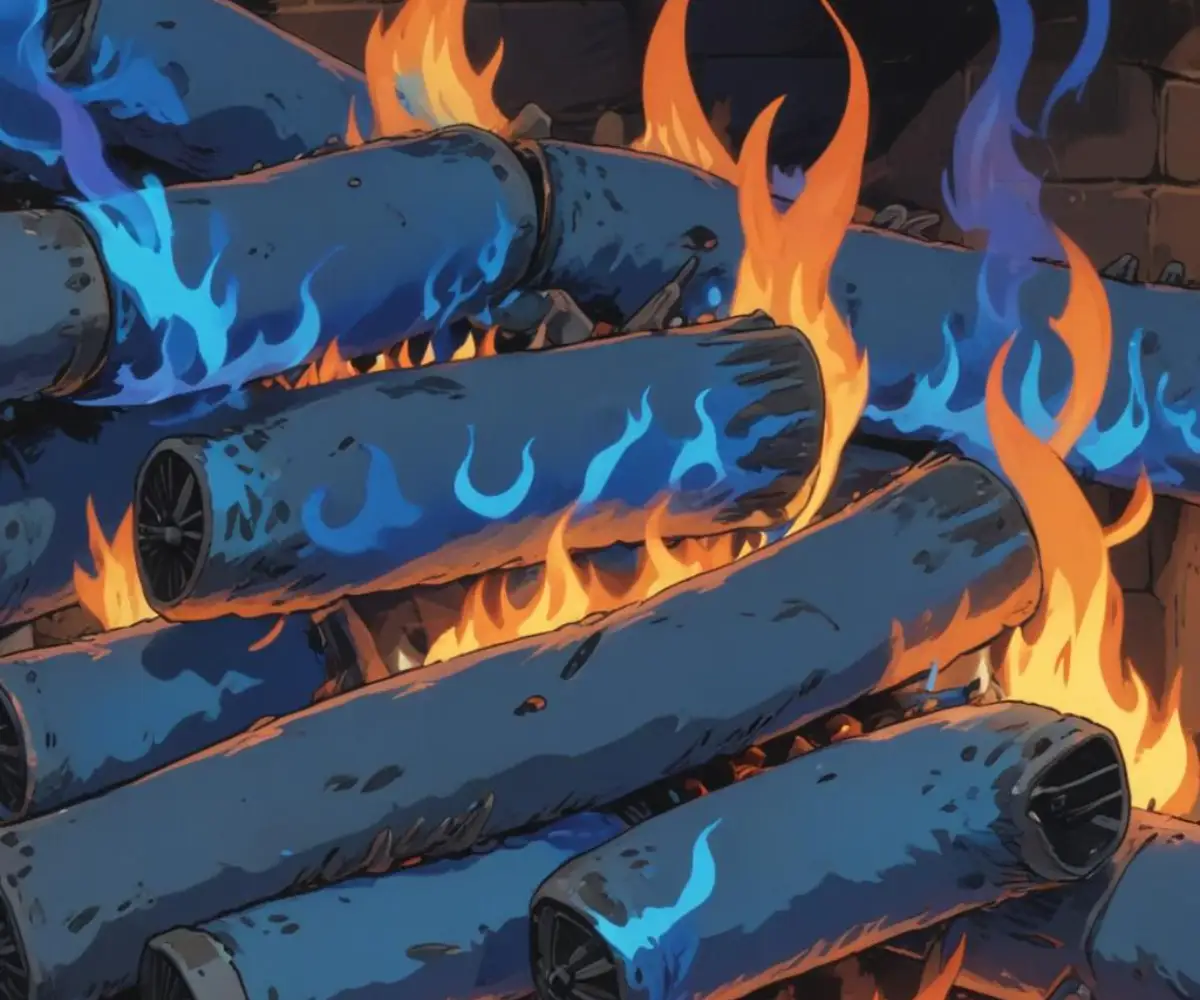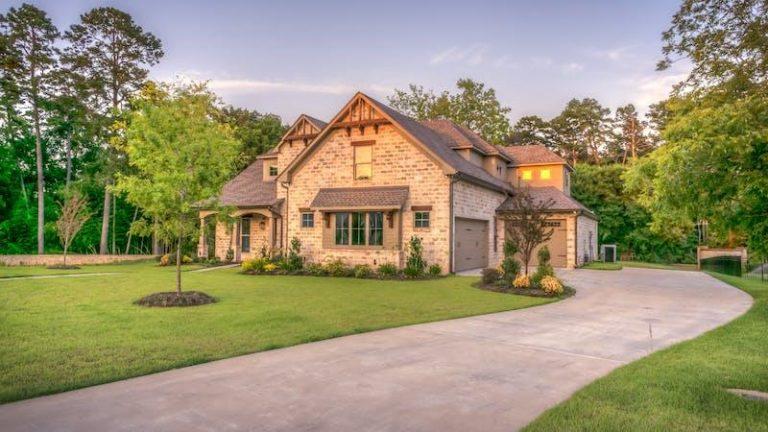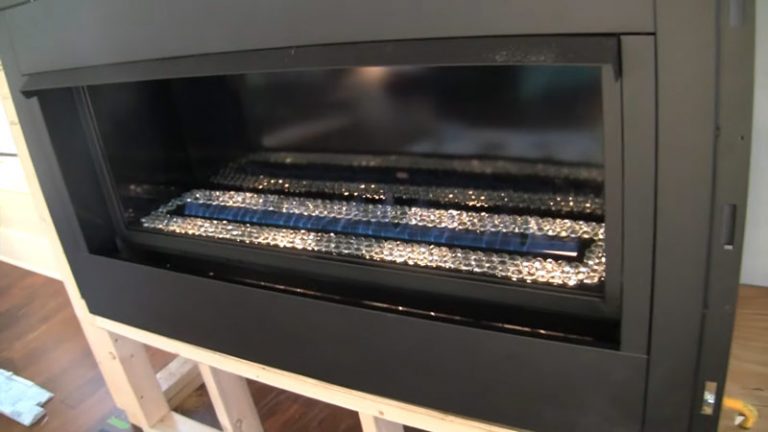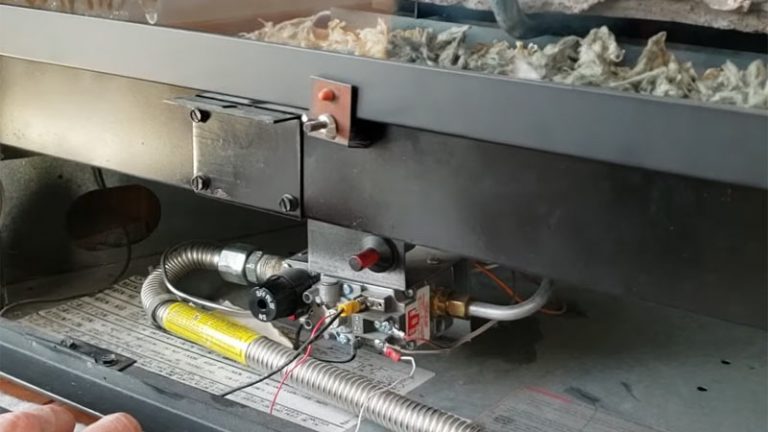Blue Flame With Orange Tips: A Warning Sign or Normal?
You turn on your gas fireplace or stove, expecting to see a steady, reassuring blue flame. Instead, you’re greeted by a blue flame with orange tips flickering back at you. Immediately, your mind starts to race. Is this normal? Is it a sign of a dangerous problem? That flash of orange can be unsettling, but it’s crucial to understand what it means before you panic.
A perfectly calibrated gas flame should be primarily blue, which indicates complete and efficient combustion. When you see persistent orange or yellow tips, it’s a signal that something is interfering with the burning process. Ignoring it could lead to bigger problems, including reduced efficiency and potential safety hazards.
You'll Learn About
Why Flame Color Matters: The Science of Combustion
Understanding the color of a flame is the first step in diagnosing any potential issues with your gas appliance. The color is a direct indicator of how completely the gas is burning. It’s a simple visual cue that tells a complex story about the chemical reaction happening at the burner.
An ideal flame in a gas appliance is blue. This blue color signifies complete combustion, a process where the natural gas or propane reacts with a sufficient amount of oxygen to produce primarily carbon dioxide and water vapor. This is the most efficient and cleanest way to burn fuel, maximizing heat output while minimizing harmful byproducts.
What Does a Blue Flame Mean?
A steady blue flame is the gold standard for gas appliances. It means the air-to-fuel ratio is correct, allowing the gas to burn at its hottest temperature. Think of it as your appliance running at peak performance, giving you the most heat for your money without wasting fuel.
Why Do Orange and Yellow Flames Appear?
When you see orange, yellow, or even red flames, it signals incomplete combustion. This happens when there isn’t enough oxygen mixing with the gas. As a result, the fuel doesn’t burn completely, and tiny, unburned carbon particles (soot) are created. These particles get superheated in the flame and glow, creating the orange or yellow color you see.
While occasional, fleeting orange tips can be harmless, a consistently orange or yellow flame is a red flag. It indicates that your appliance is not running efficiently and could be producing dangerous levels of carbon monoxide (CO). This is why addressing the cause of the orange tips is not just about performance, but about safety.

Common Culprits: What Causes Orange Tips on a Blue Flame?
Seeing orange tips on your blue flame doesn’t always mean disaster. Often, the cause is simple and easily fixable. The key is to identify the source of the problem so you can take the right steps to correct it.
From household dust to improper appliance settings, several factors can disrupt the perfect blue flame. Let’s explore the most common reasons why your flame might be showing orange tips.
1. Dust and Debris: The Most Common Cause
The most frequent reason for orange flames is simply airborne particles being burned. Household dust, pet dander, lint, and even residue from cleaning products can get drawn into the flame. As these particles burn, they create flashes of orange.
This is often more noticeable when you first turn on an appliance that hasn’t been used in a while, like a furnace or gas fireplace at the beginning of the cold season. If the orange flickering is sporadic and disappears after a few minutes, it’s likely just burning off dust.
2. High Humidity and Humidifiers
Believe it or not, the moisture level in your home can affect your flame color. If you run a humidifier, the minerals in the tap water (like calcium and sodium) can become aerosolized. When these microscopic particles are pulled into the burner, they burn with a distinct orange or yellow glow.
This is a strange but common phenomenon. If you notice orange flames and have a humidifier running, try turning it off for a while. If the flame returns to blue, you’ve found your culprit.
3. Clogged Burner Ports
The burner on your gas appliance has small holes, or ports, where the gas comes out to be ignited. Over time, these ports can become clogged with soot, grease, or small debris. This blockage disrupts the proper flow of gas and its ability to mix with air.
When the air-to-fuel ratio is thrown off, it results in incomplete combustion and orange flames. Sometimes this can also result in a gas fireplace uneven flame, another sign that a good cleaning is needed.
4. Improper Air Shutter Adjustment
Most gas appliances have an air shutter, which is a small, adjustable component that controls how much oxygen is mixed with the gas. If this shutter is partially closed or incorrectly adjusted, it limits the air supply, leading to an oxygen-starved flame that burns orange.
This adjustment is crucial for ensuring efficient combustion. If the shutter is too open, the flame might lift off the burner and make a roaring noise. If it’s too closed, you’ll get lazy, orange flames.
5. Incorrect Gas Pressure
If the gas pressure is too high or too low, it can also affect the flame. Incorrect pressure can be the result of a problem with the gas regulator or an issue with the supply line. This is a more serious issue that requires professional attention.
An inconsistent flame height or color across different burners can be a symptom of a pressure problem. Never attempt to adjust a gas regulator yourself; always call a qualified technician.
Troubleshooting Guide: How to Fix Orange Flames
Now that you know the potential causes, it’s time to take action. Many of the solutions are simple maintenance tasks you can perform yourself. However, it’s critical to know when to stop and call in a professional for your safety.
Step 1: Observe the Flame
Your first step is to simply watch the flame. Does it start orange and then turn blue? Does it only flicker orange occasionally? Or is it consistently and stubbornly orange?
Sporadic flashes of orange are often just dust burning off. A flame that is persistently yellow or orange warrants a closer look.
Step 2: Clean the Burner Assembly
For many issues, a thorough cleaning is the solution. Always turn off the gas supply to the appliance before you begin any cleaning or maintenance. Consult your owner’s manual for specific instructions on how to access and clean the burner.
Use a soft brush or a can of compressed air to gently clean the burner ports. For greasy buildup on a stovetop, you can use a stiff brush and soapy water, but ensure the burner is completely dry before reassembling it.
Step 3: Check Your Surroundings
As mentioned, humidifiers can be a surprising cause. Turn off any nearby humidifiers or air purifiers and see if the flame color changes. Also, ensure the area around your appliance is clean and free of dust and debris that could be pulled into the burner.
Using certain cleaning products or aerosols near a gas appliance while it’s in operation can also temporarily cause orange flames as the chemicals burn off.
Step 4: Adjust the Air Shutter
On some appliances, the air shutter is accessible and can be adjusted. It’s typically a small metal collar at the base of the burner tube with openings that can be made larger or smaller. Loosen the screw and slowly rotate the shutter to allow more air into the mixture.
You are looking for a flame that is mostly blue with maybe a tiny yellow or orange tip. Make small adjustments and observe the change. If you are not comfortable doing this, it’s best to leave it to a professional.
Flame Color Safety Chart
Use this table as a quick reference to understand what your gas flame is telling you. It can help you quickly assess whether the flame color is normal or if it requires immediate action.
| Flame Color | Meaning | Action Required |
|---|---|---|
| Mostly Blue | Complete, efficient, and safe combustion. | None. This is the ideal flame. |
| Blue with Fleeting Orange/Yellow Tips | Normal burning of airborne particles (dust, minerals). | Generally none, unless persistent. Clean burners if needed. |
| Consistently Orange or Yellow | Incomplete combustion. Wasting fuel and potentially producing carbon monoxide. | Clean burner ports. Check for obstructions. Adjust air shutter. |
| Loud, Lifting Blue Flame | Too much air in the fuel mixture. | Adjust air shutter to decrease airflow. |
| All Red or Mostly Red Flame | Significant incomplete combustion and high levels of particulates. Potentially very dangerous. | Turn off the appliance immediately. Ventilate the area and call a qualified technician. |
When to Call a Professional: Don’t Take Unnecessary Risks
While some causes of orange flames are easy to fix, others can signal a serious safety hazard. The biggest danger of incomplete combustion is the production of carbon monoxide (CO), a colorless, odorless gas that can be deadly.
If you’ve cleaned your appliance and ruled out environmental factors, but the flame is still mostly orange or yellow, it’s time to call for help. Never ignore a potential gas-related problem. The smell of gas is another critical warning sign; if you ever wonder why does my garage smell like rotten eggs, it could be a gas leak that requires immediate evacuation and a call to your utility company.
Signs You Need Professional Help Immediately
- The flame is mostly yellow or orange and cleaning does not help.
- You notice soot building up around the appliance.
- The flame is large, wavy, and produces smoke.
- You smell gas or rotten eggs.
- Members of your household experience unexplained headaches, dizziness, or nausea.
A qualified HVAC technician or a representative from your gas company can safely diagnose the issue. They can check gas pressure, adjust regulators, and ensure your appliance is burning safely and efficiently. Maintaining your gas appliances isn’t just about performance; it’s about protecting your home and family.
Some DIY solutions may seem tempting, but they can be hazardous. For instance, you should never wonder, can you use play sand in a gas fireplace? Using improper materials can block burners and create dangerous conditions. Always stick to manufacturer-approved materials and professional advice for any modifications.




